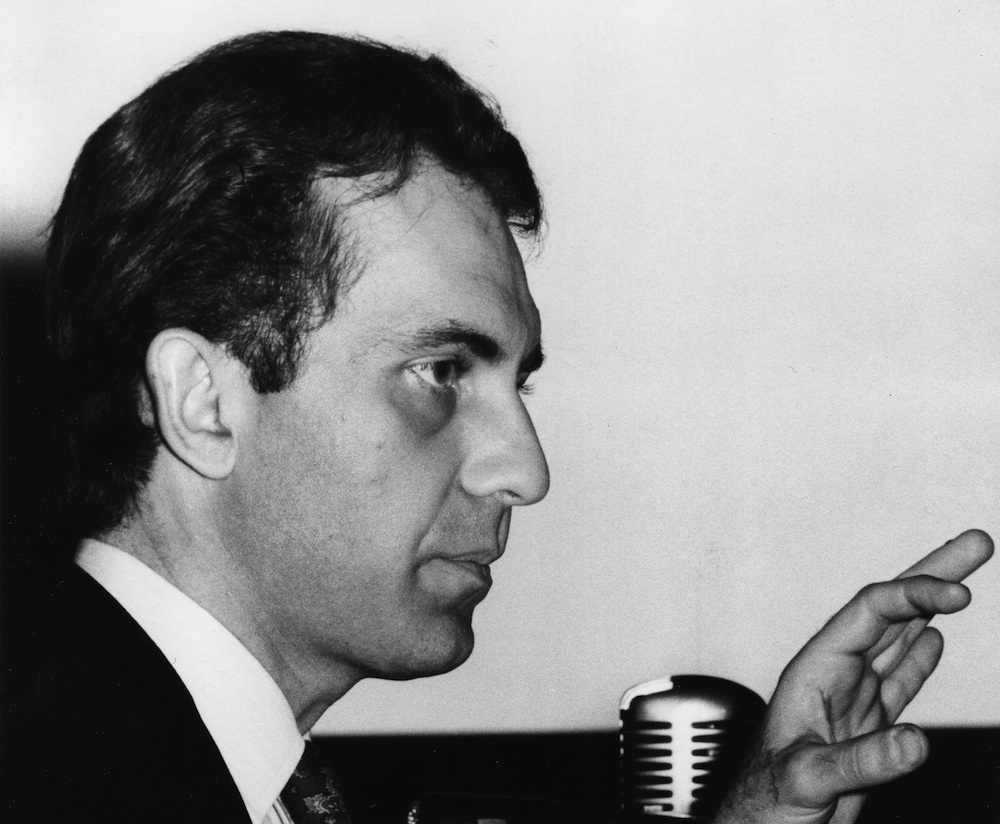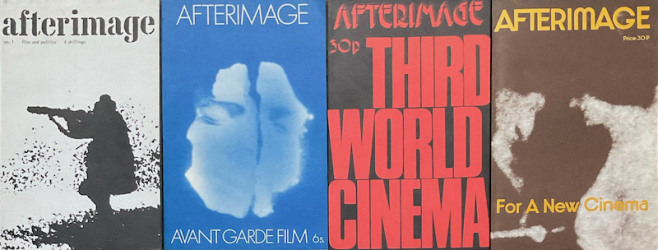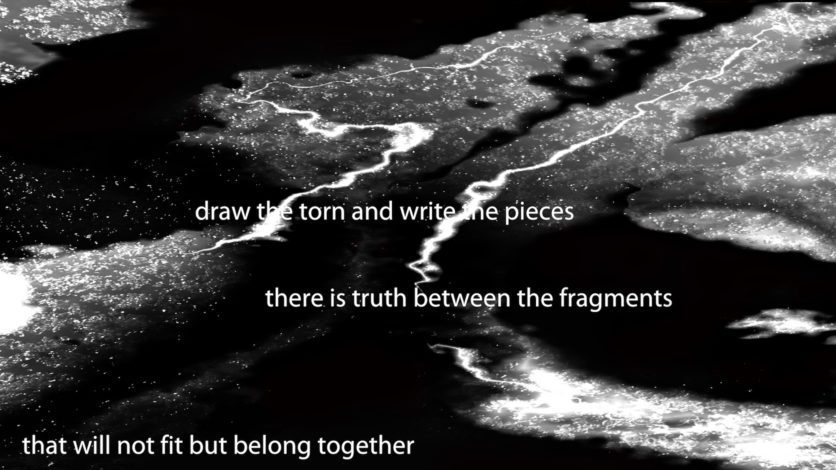Présentation des écrits de Gregory J. Markopoulos
Présentation des écrits de Gregory J. Markopoulos
Bilingual French / English avec Mark Webber et Helga Fanderl
Nous sommes ravis de vous inviter à une lecture des écrits de Gregory Markopoulos à notre boutique. Mark Webber sera sur place pour présenter et lire en anglais les textes de ce cinéaste et personnage clef de l’avant-garde américaine. Les textes seront également présentés en français, et lus par Helga Fanderl. Venez nombreux!!
Venez aussi à la séance exceptionnelle du trilogie de Markopoulos, “Du Sang de la volupté et de la mort” au Centre Pompidou, mecredi le 10 December à 19h. Info ici: http://bit.ly/125b83x
Film as Film : The Collected Writings of Gregory J. Markopoulos contient quatre-vingt dix articles inédits par le cinéaste grec-américain qui, étant un contemporain de Kenneth Anger, Stan Brakhage et Andy Warhol, était à l’avant-garde d’un mouvement qui a établi une forme véritablement indépendante du cinéma. À commencer par ses premiers écrits sur l’avant-garde américaine et des auteurs tels que Dreyer, Bresson et Mizoguchi, le livre présente également de nombreux essais sur la pratique personnelle de Markopoulos et sur les films de Robert Beavers, qui ont été publiés seulement dans des revues, éditions auto-éditées ou notes de programme. Les textes deviennent de plus en plus métaphysiques et poétique alors que le cinéaste poursuit son idéal de Temenos, un espace d’archivage et de projection situé sur un site dans le Péloponnèse où son travail épique pourrait finalement coexister en harmonie avec le paysage grec. Pour plus d’infos sur ce livre, visitez www.thevisiblepress.com
Gregory Markopoulos (1928-1992) fut l’un des véritables visionnaires de l’avant-garde américaine. À travers ses exquisses stylisées, premiers films oniriques et à travers ses oeuvres de maîtres éblouissantes de la fin des années soixante à soixante-dix, Markopoulos a défini un langage cinématographique unique d’une rigueur formelle, d’une incomparable beauté visuelle et d’un lyrisme envoûtant. Perfectionniste infatigable, Markopoulos conçu un mode unique de l’art du cinéma, avec un minimum de financement et de ressources, souvent en éditant ses négatifs à la main avec seulement une lame de rasoir et perfectionnant des techniques d’édition à huis clos qui ont apporté une densité poétique à ses films. Dans ses premiers films majeurs, la fascination du mythe et du rituel est évidente, et se retrouve dans le travail ultérieur de Markopoulos, qui, éventuellement, le rappele dans sa Grèce ancestrale. La mythopoésie grisante de premiers films clés comme Swain et Twice a Man est également marquée par une exploration audacieuse du désir sexuel et homosexuel qui était, à tous points de vue, en avance sur son temps. (Harvard Cinema Archive)
Mark Webber est un programmateur de film basé à Londres, qui est à l’origine de grandes séances ou tournées organisées par des institutions telles que la Tate Modern, LUX et ICA (Londres), Whitney Museum (New York), le Centre Georges Pompidou (Paris), Kunsthalle de Bâle, Oberhausen Kurzfilmtage, IFFR Rotterdam et de nombreux festivals internationaux, musées et centres d’art. Il était programmateur pour le Festival BFI de Londres 2000-13, et l’éditeur de Two Films by Owen Land.
Helga Fanderl est une artiste allemande qui travaille avec film, basé à Francfort et Paris. Elle a étudié à la Städelschule Francfort et à la Cooper Union à New York. Depuis 1990, son travail a été présenté dans les cinémathèques, les musées et galeries à travers le monde, et est dans les collections permanentes du Museum für Moderne Kunst (Francfort), Auditorium du Louvre et du Centre Pompidou (Paris).
For the English version of this text please visit http://revoirvideo.blogspot.fr/2014/11/presentation-des-ecrits-de-gregory-j.html




